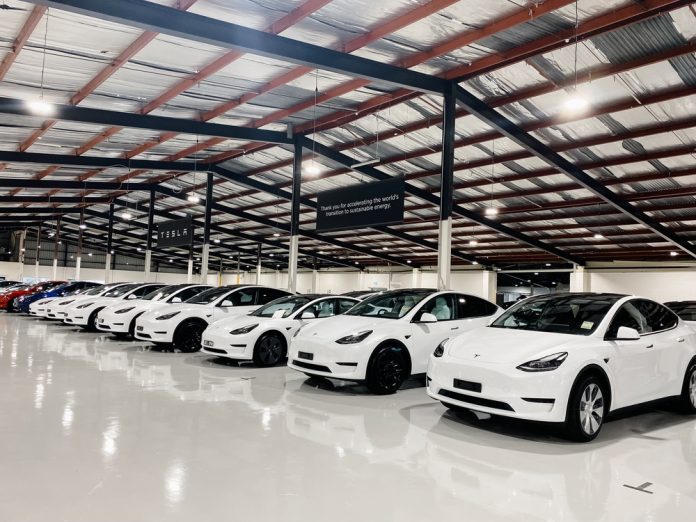Electric vehicle inventory rose to new heights over the second quarter, dwarfing supplies of gas-powered cars in the U.S.
According to Cox Automotive, the average days’ supply of electric vehicles totaled 92 days in Q2, more than twice the amount seen in mid-2022 and 80% higher than the industry average of 51 days. On a weekly basis, dealers held roughly 92,000 EVs in stock across the U.S., a 342% increase over the previous year’s 21,000.
Two factors have contributed to this sudden stockpile surge. The recovering global supply chain of crucial materials and components has meant greater factory output for automakers, who have been quick to open new EV plants in the U.S. More importantly, the early-year arrival of electric-vehicle-focused incentives targeting both consumers and manufacturers has helped boost confidence in the segment, even as it struggles to generate profit for all but Tesla.
However, despite this sizeable boost in production and popularity, the distance between demand and supply continues to grow. Chief Cox Automotive economist Jonathan Smoke noted that electric vehicle sales were “not keeping pace with availability.” By the end of the year, the firm expects the EV segment to account for a mere 8% of new vehicle sales in the U.S., despite the explosion of inventory seen in the second quarter.
However, while the unfavorable mix of supply and demand is unsustainable long term, it could prove essential for boosting EV adoption rates in the U.S. Electric vehicle affordability remains an obstacle for many consumers, even though most buyers have expressed enthusiasm for the technology. By pushing inventory levels well above demand, car manufacturers may be looking to lower the segment’s cost of entry in the hopes that this will lead to higher sales volume in the near future.



